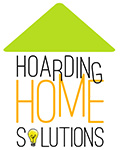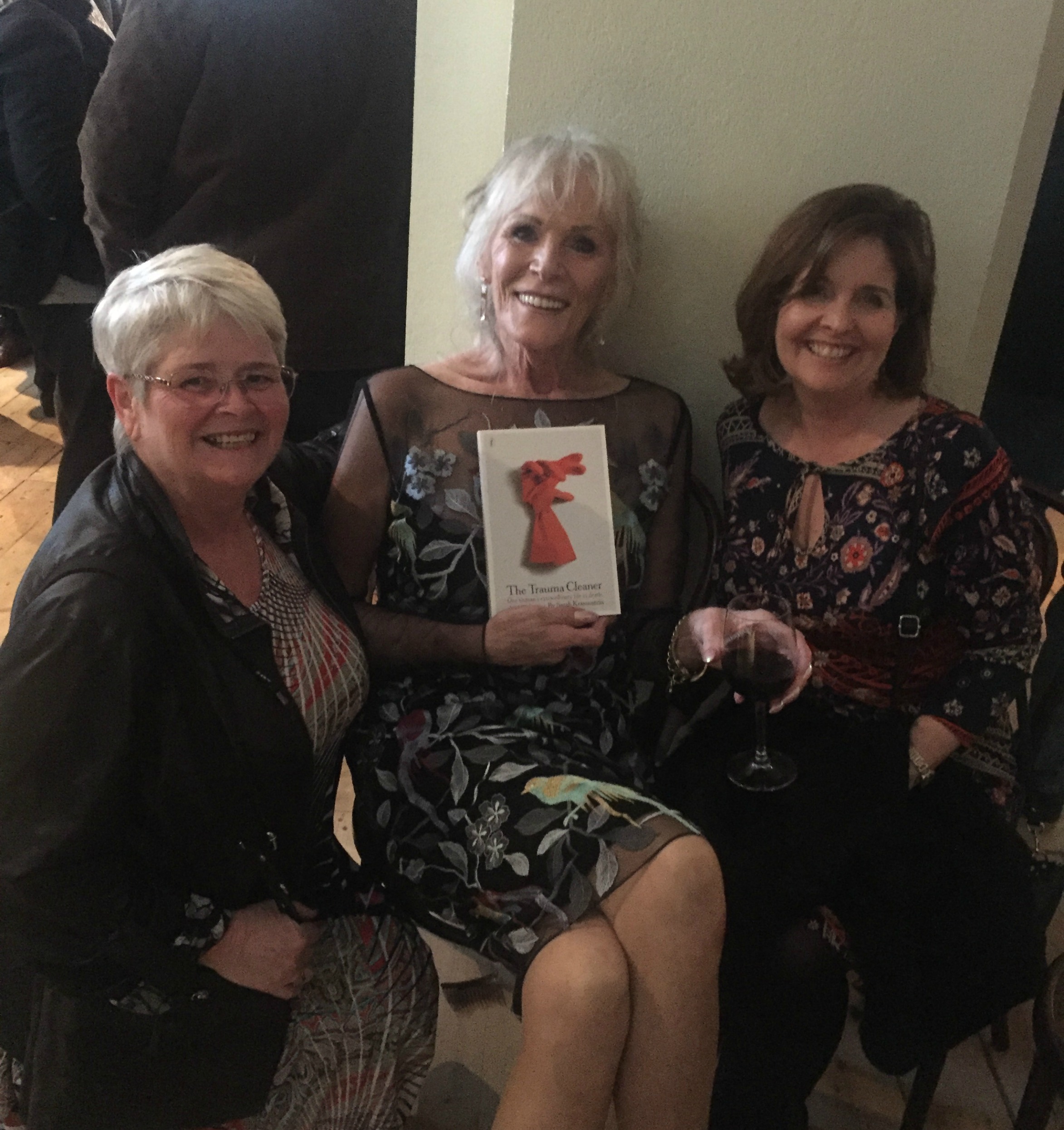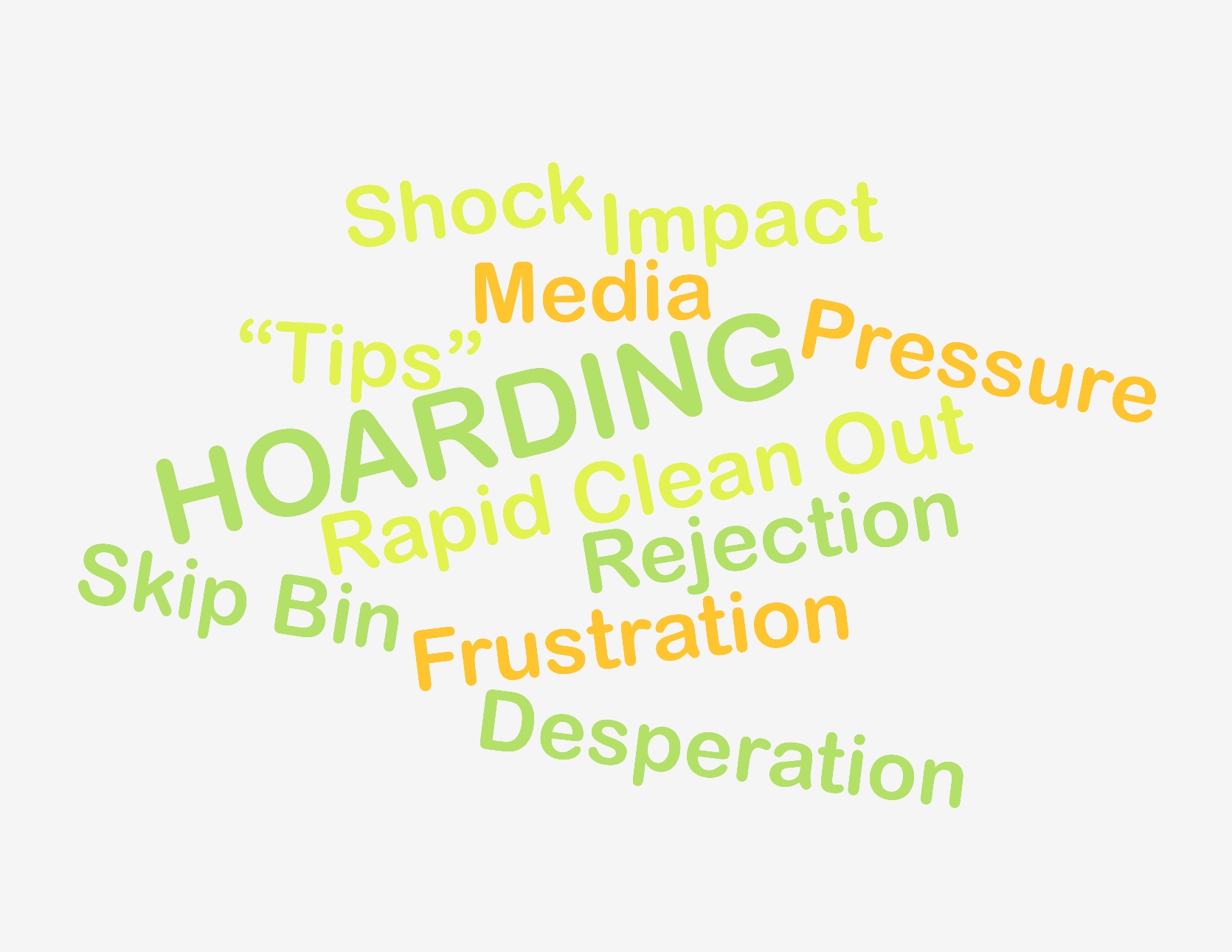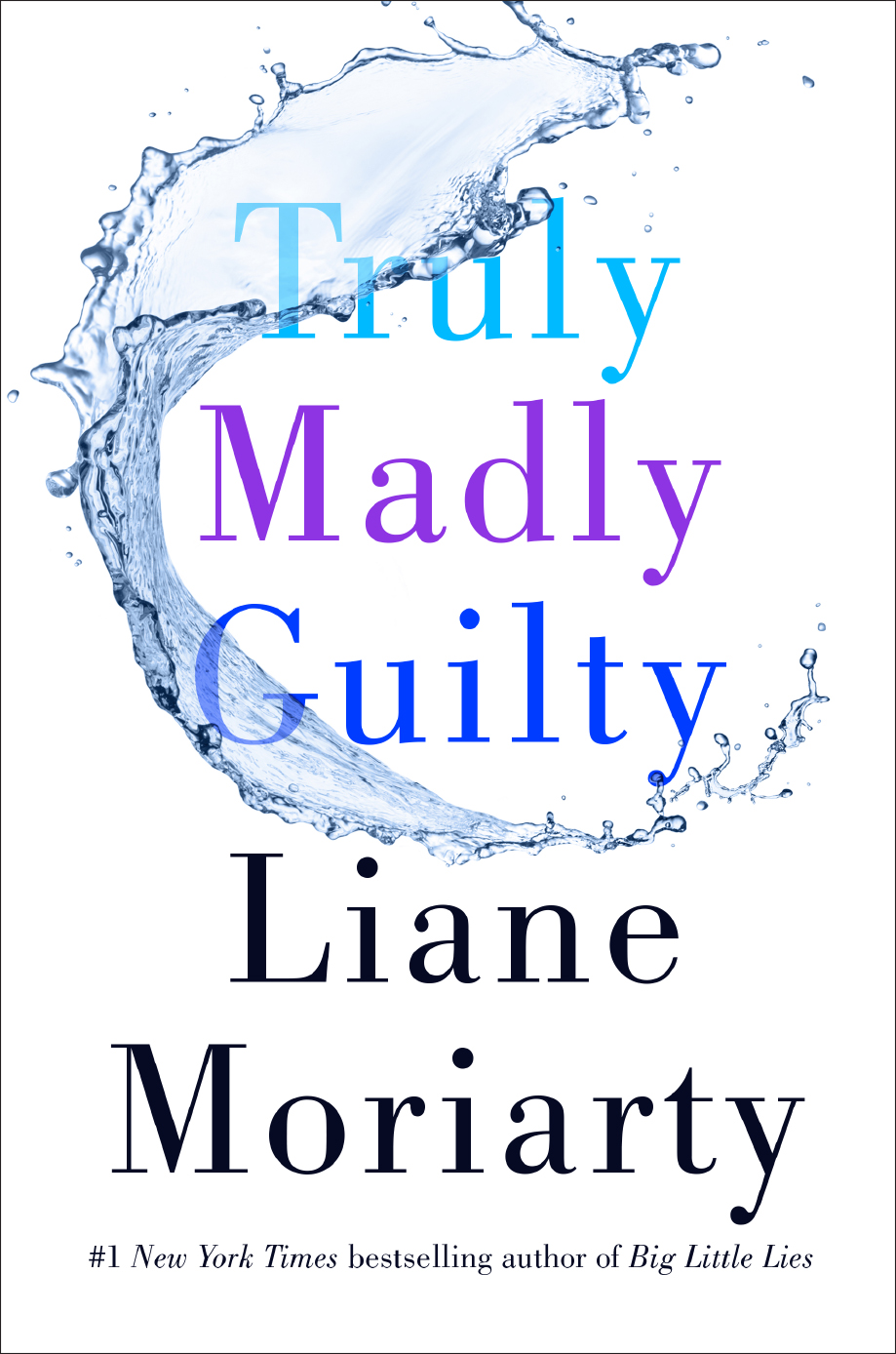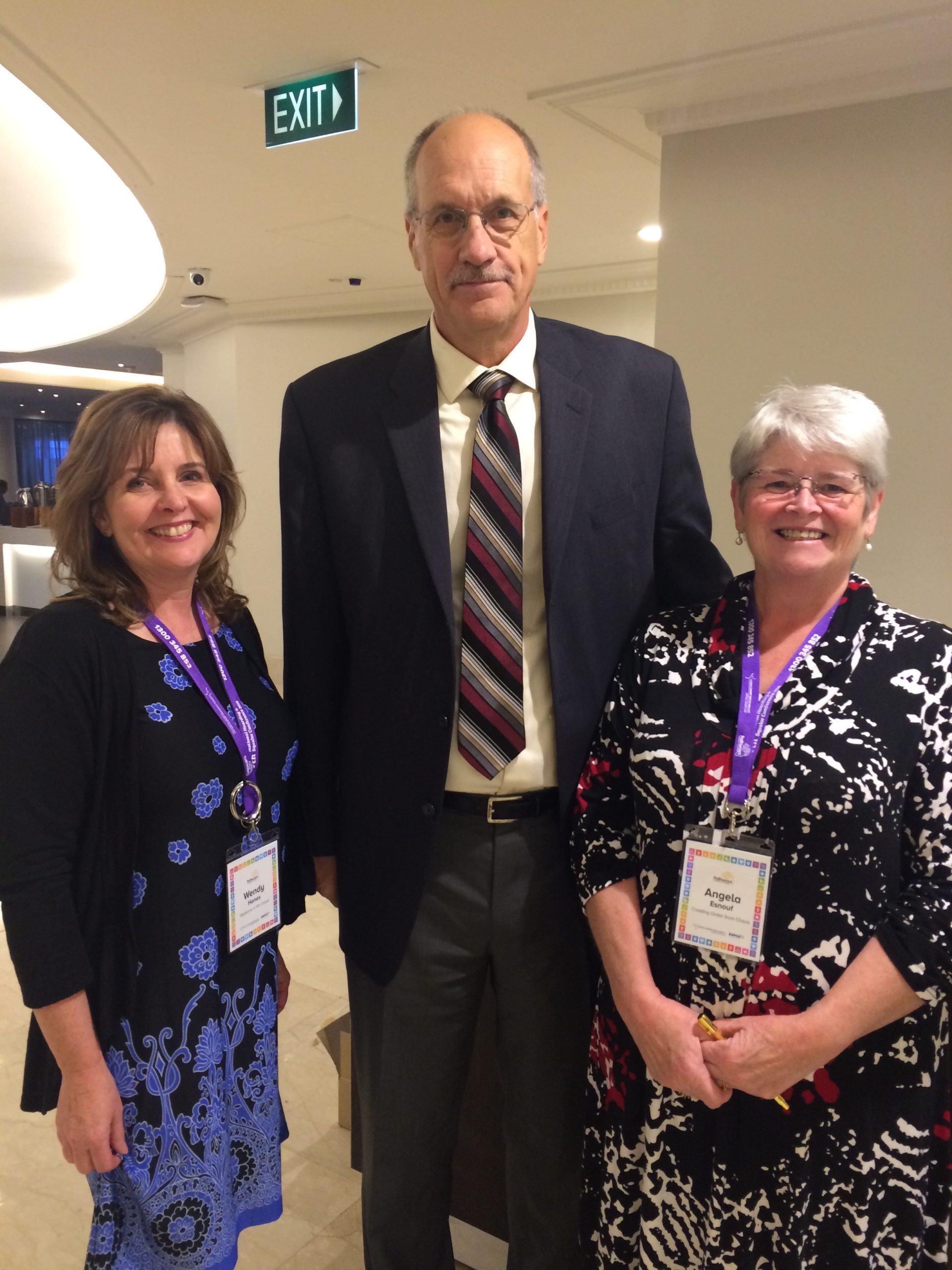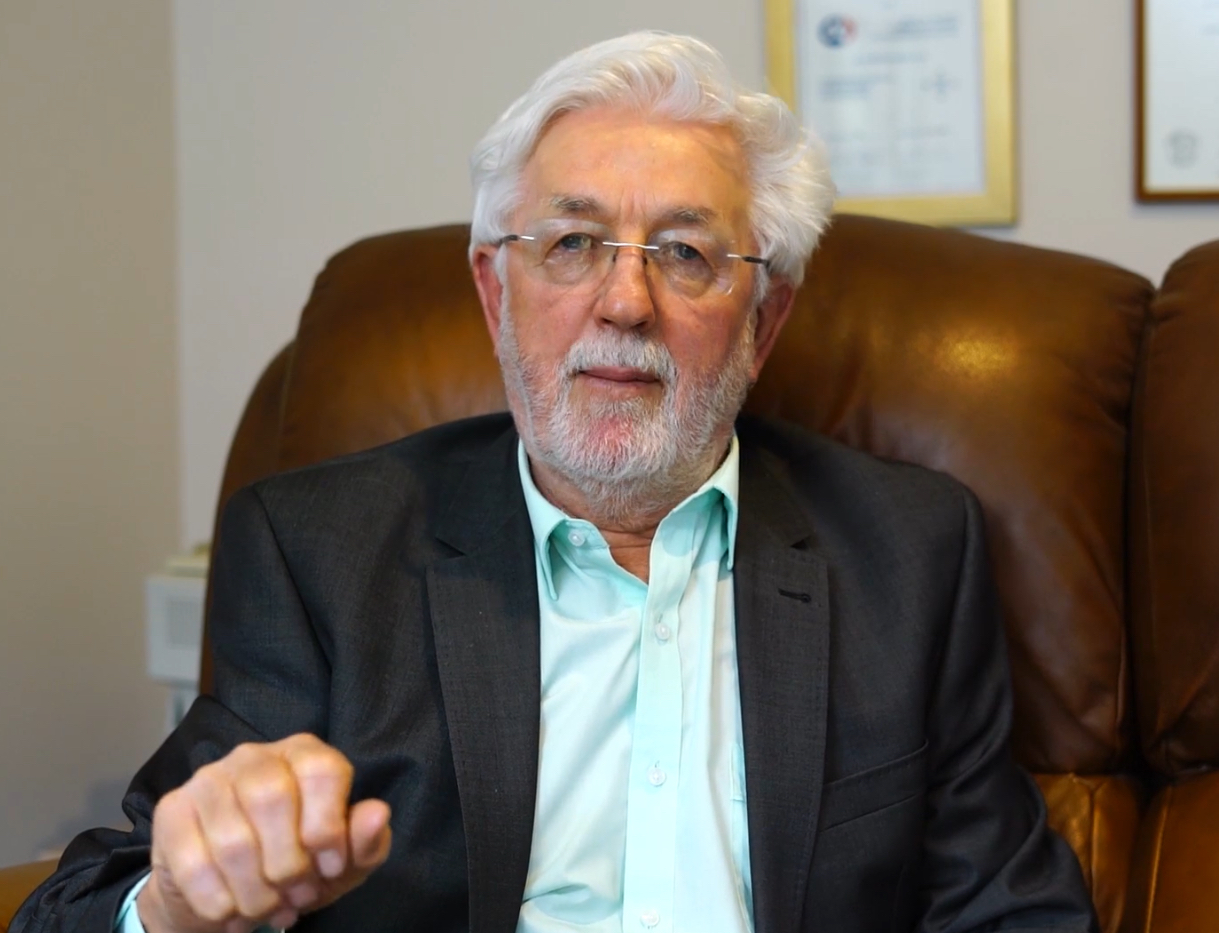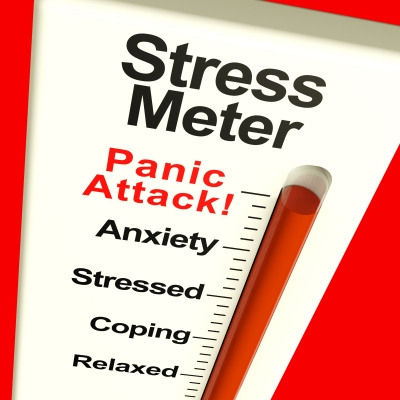The Victorian Department of Families, Fairness and Housing (DFFH) have launched their new guidelines for working with people who hoard, or are living in environmental neglect (previously known as squalor).
Hoarding Home Solutions has been engaged by DFFH to train frontline workers about the changes, and therefore we have had the opportunity to really get to know the document in depth. You can read the full document here, but we have prepared a snapshot for our readers.
What the new guide is:
- A process guide of best practice and how to tap into resources in the community.
- A public facing document prepared for all service providers.
- A replacement of “Hoarding and Squalor: a practical resource for service providers” developed by the Department of Health (Vic) 2013.
- Shorter and easier to read and implement than the 2013 version.
What this guide is not:
- The Make Safe Service Response is not a funded program, entity, funding model or initiative. It doesn’t sit with any one service or organisation.
- A clinical look at hoarding or meant to replace expert advice or focus on treatment for people with hoarding or environmental neglect.
- An attempt to capture all role or legal requirements in engaging with the person.
- An exhaustive list of resources and assessment tools
Key Make Safe Messages:
A Person-Centred Approach
- This is reflected in the language, specifically the change from the term “squalor” to “environmental neglect”. “Squalor“ is considered to have a negative subtext and to be stigmatising, which can misdirect focus and hinder communication.
- Reflected in person centred referral charts.
- Reflected in care team approach.
A Focus on Safety/Harm Reduction
- Priority is given to the safety of the person, children, animals, and neighbours as opposed to behaviour change.
- Safety is reflected in the referral charts and duty of care considerations.
- Safety is reflected in the name of the document.
- The guidelines are defined as a community-based practice approach.
- The guide acknowledges the organisations and providers that have built expertise in this area as being an essential part of the solution.
- Referral charts reflect a community-based approach.
- Significant time is given to explaining and promoting the care team approach.
